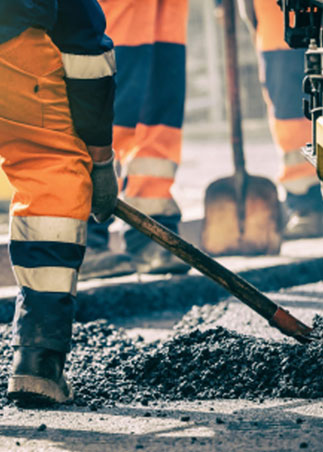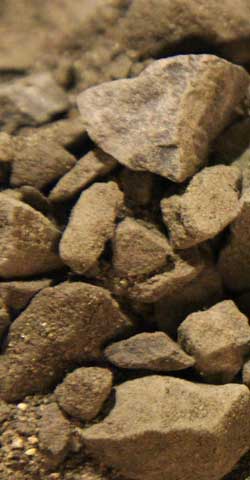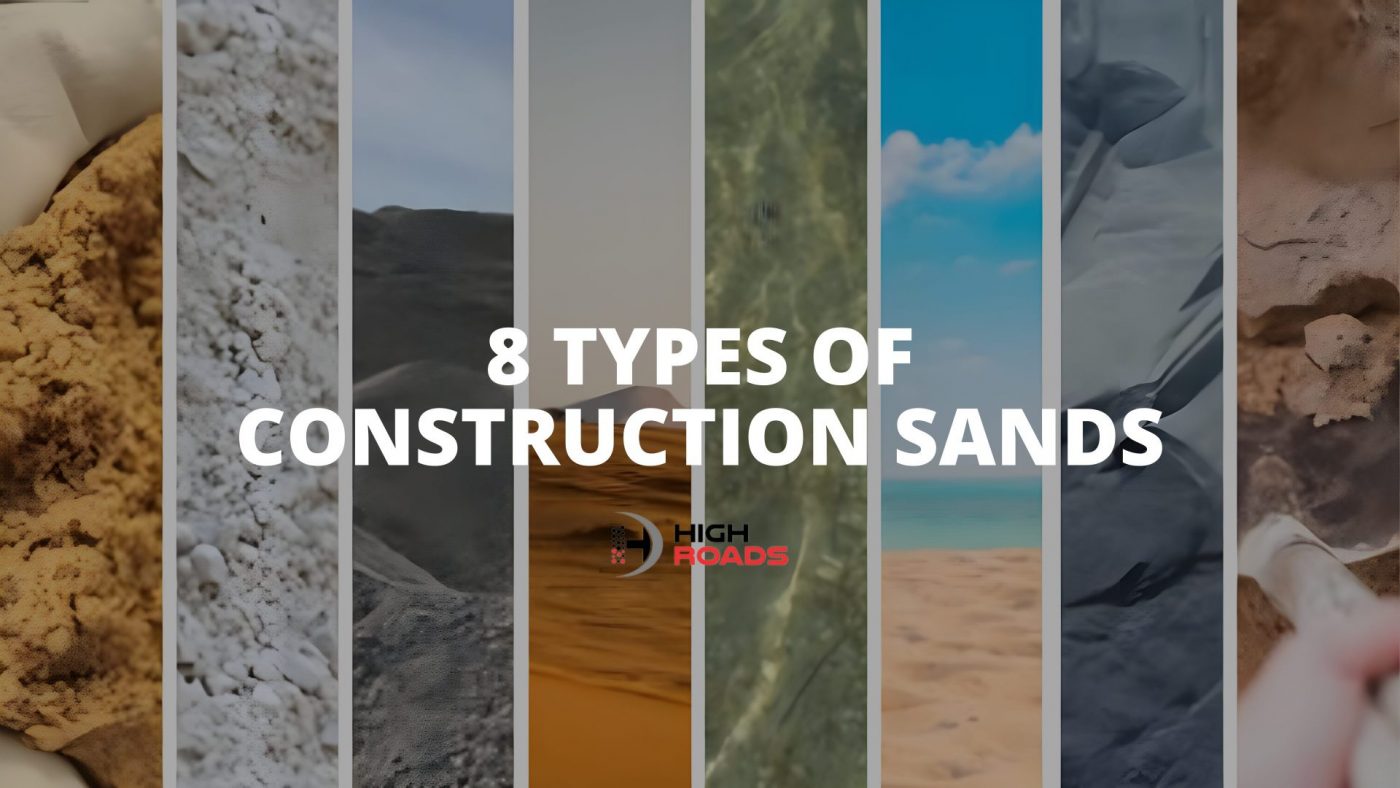Sand is one of the most vital ingredients of construction to make a solid and tenacious building. We generally use sand in construction for often providing strength, bulk, and stability to materials like concrete, mortar, asphalt, and cement. Various types of Sand are used extensively and gravel during the construction of any building.
Why Sand is important in the construction
Sand can be easily compressed as a widely acceptable wall reinforcement material, and any flooring or grounding should be mixed with other materials in the right proportion. The critical factor in choosing Sand for building construction is to check the balance of rocks and other impurities present in the Sand, and more of them make the Sand-less stable and resistant.
Eight types of Sand used in construction
Builders’ Sand:
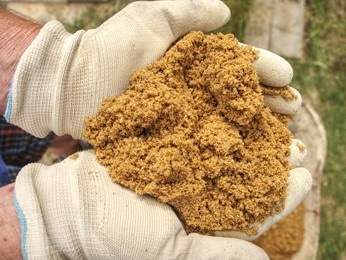
Unlike the sharp Sand above, builders’ Sand is finer because the grains are much smaller.
Unlike the coarse sharp, and angular grains that make up sharp Sand, the grains found in builders’ Sand are much more rounded and smoothed off.
As the grains are smaller and smoother, this results in a much smoother overall finish, hence why builders’ Sand is used in screeding and plastering applications.
As the name suggests, this Sand is generally collected from the beds and banks of rivers or from around more inland water sources. The presence of salts and other organic matter needs to be kept to a minimum to confirm that atmospheric moisture is not absorbed.
In terms of coloring, builders’ Sand tends typically to be a light grey color and can, in some instances, appear almost white.
Builders sand should be used for:
- Plastering
- General mortar/masonry work
- Brick and block laying
- Rendering
Concrete Sand:
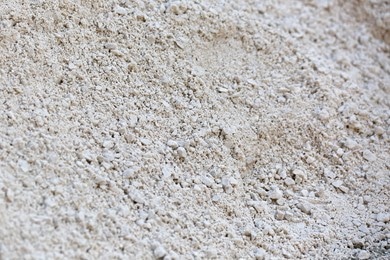
As the name implies, Concrete Sand is the most common type mixed with cement and is also called coarse or sharp Sand, it consists of larger particles, making it rough and less absorbent.
Usually, this Sand is made of gneiss rock, granite, trap rock, or limestone, and on top of being a central ingredient in concrete, it could be used in pipes or as a leveling medium. You’ll see people using concrete Sand to provide more traction on ice.
Crushed Stone Sand:
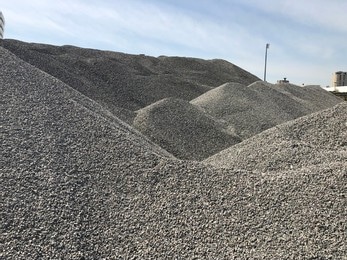
Crushed stone sand handles many similarities to pebble and behaves a lot like it. As you’ve probably guessed, this type of Sand comes from crushing stone, most often granite or limestone. It’s an affordable alternative to other concrete components too for providing similar levels of strength and resilience.
Since it’s solid and affordable, you’ll see it a lot in road construction. Road workers will often use it as a base layer before laying down smoother asphalt, and you can also see it used for plastering and mortar mixing in some circumstances.
Utility Sand:

Utility sand comes from quartz. People used to refer to it as pipe sand or fill Sand, as those two are the most common applications for it.
Given how well it compacts, utility sand is ideal for filling in holes, and many construction companies also use it to backfill pipes or insulate cables though these aren’t its only applications, as you’ll see it as a component of concrete too.
Masonry Sand:
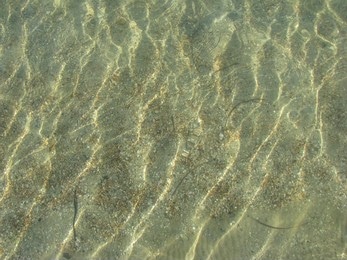
Also known as white Sand, it is similar to concrete Sand. Unlike concrete Sand, though, it’s a more acceptable aggregate with much more uniform particle size.
This sand can be easier to work with, so you’ll see it in various applications. just Like concrete Sand, masonry sand is also a popular choice to mix with cement and Many builders also use it in mortar, as joint Sand under pavers, or in patio construction, and its attractive appearance makes it an excellent choice for any exterior work.
Beach Sand:
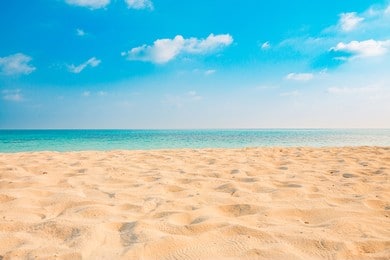
Usually, Sand is made of silicon dioxide from quartz, and from past decades, quartz naturally occurring in the ocean is broken into tiny, individual minerals that make up beach sand.
Common minerals can include quartz, mica, and feldspar. Natural erosion such as wind, rain, and freezing weather can cause these rocks to break down into refined grains.
Like the many beaches around the world, there are many types and colors of beach sand, ranging from pure white to the most bottomless black Sand. Compared to other manufactured kinds of Sand, this Sand has a very irregular grain pattern and can be somewhat unpredictable for manufacturing and construction projects.
Manufactured Sand:
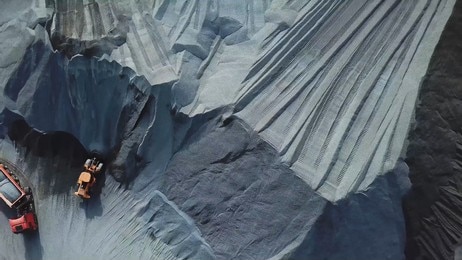
Although the name may imply that manufactured sand is a synthetic material, this type of Sand still comes from natural stones. A production company will smash and crush rocks into small sand particles. Once these particles are small enough, they are washed and grated in construction applications. Manufactured Sand is generally used for construction aggregate.
Mason Sand:
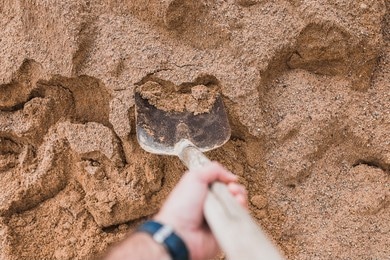
Mason sand is said to be one of the best sand available on the market. As the name implies, this magnificent Sand is commonly used for masonry work.
Mason sand is commonly used for laying soft beds and groundwork for laying pavers in the garden.
The sand grains’ wonderful texture and shape make them remarkably malleable and easy to work with. This type of Sand is finer than concrete Sand because mason sand often goes through different refining processes that make the individual grains smaller and more pulverized.
For buying High-Quality Visit https://www.highroads.co.nz/ or give us a call at 09 394 7555 or drop an email at orders@highroads.co.nz.


